No Fishing This Week, but…
For me, there was no fishing this week. The wind machine cranked through mid-week, with small craft advisories until Wednesday night. I could have gone Friday, but…
Regular readers of this blog know I have been working on building a canoe. I started skinning it on Friday.
Regular readers of this blog also know I have a Sienna van, adapted to camping. After replacing the shocks, all that build needed a re-build. Along with house repairs, that’s what occupied me the rest of the week. Now we can go camping again!
Since most folks look to this blog for fishing, I dug up some April-y kinds of photos from years past, all taken on the Atlantic.
I don’t remember this guy’s name. He was on a charter with Tom Van Horn, off Cape Canaveral. He had a heck of a day! I tagged along to get pictures.
And that’s the no fishing this week report. Thanks for reading!
Every day is a blessing. Don’t waste it- Go fishing! Go paddling! Take a walk! Stay active!
John Kumiski
www.johnkumiski.com
www.spottedtail.com
www.spottedtail.com/blog
All content in this blog, including writing and photos, copyright John Kumiski 2023. All rights are reserved.
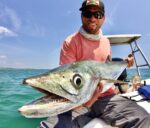
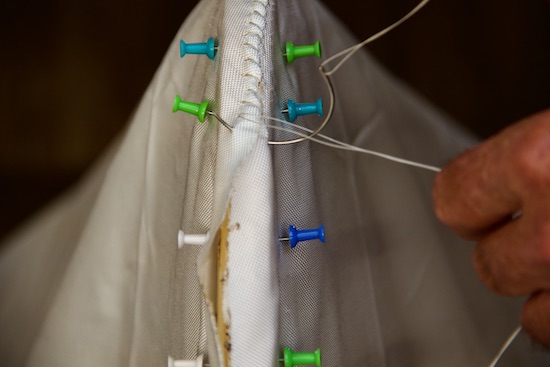
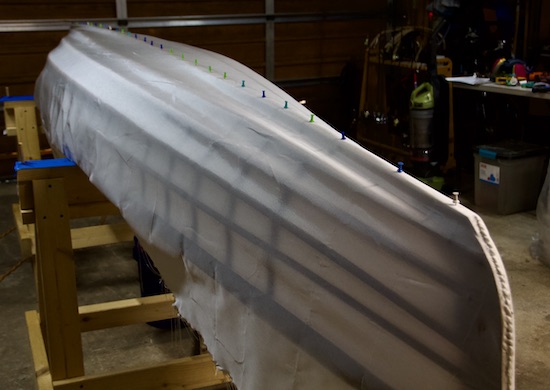
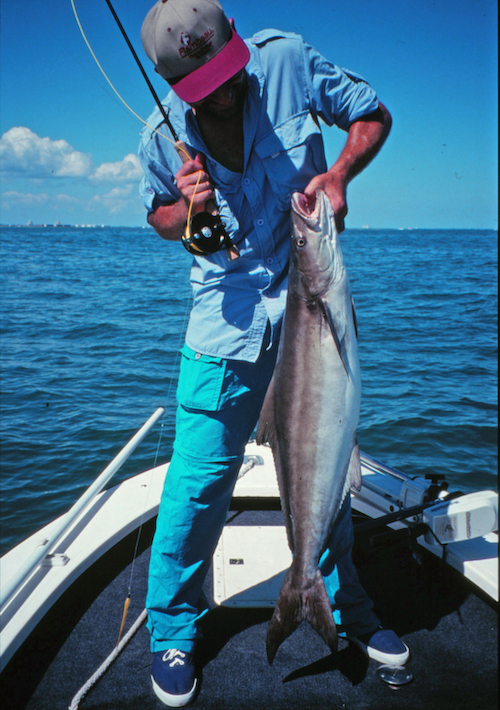
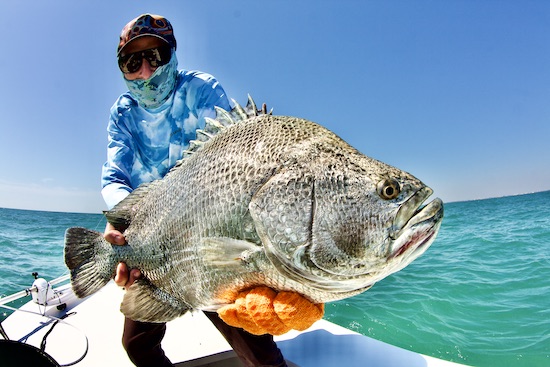
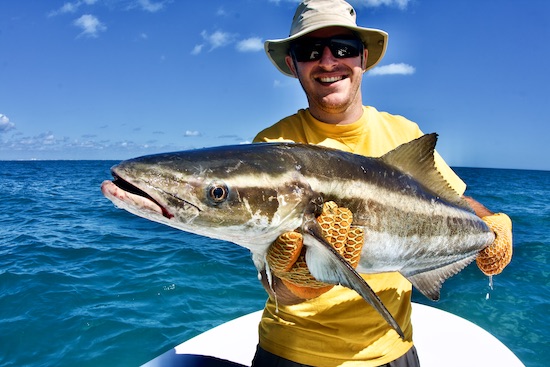
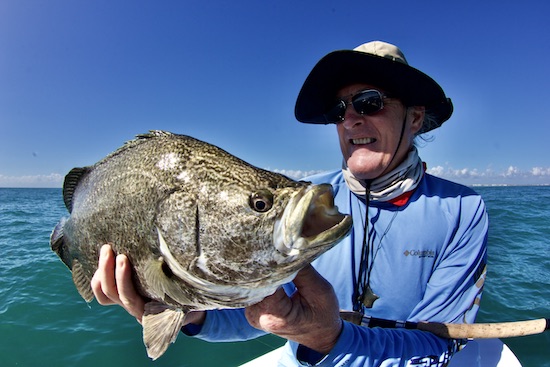
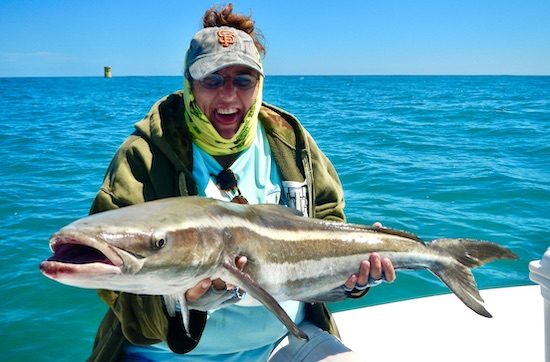
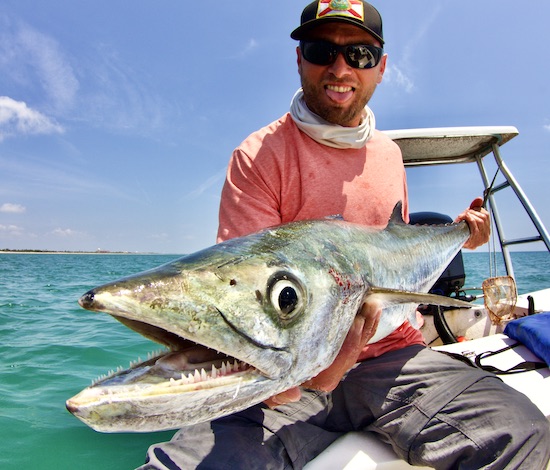
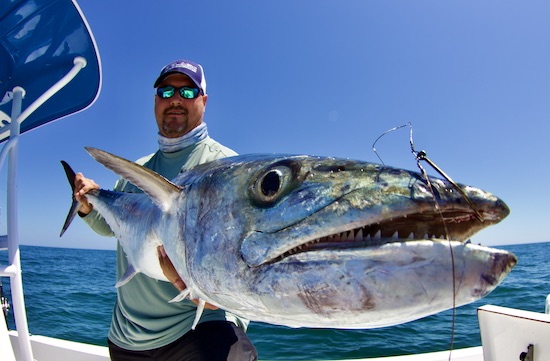
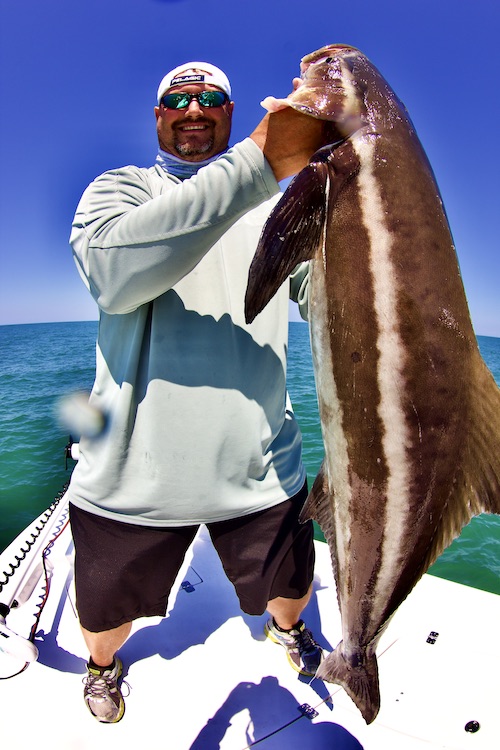
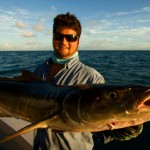
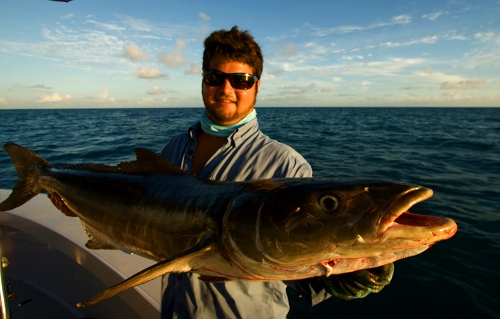
Recent Comments